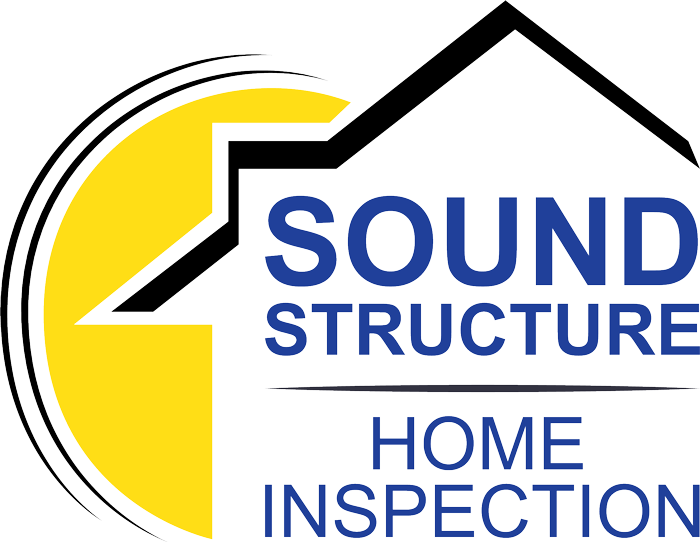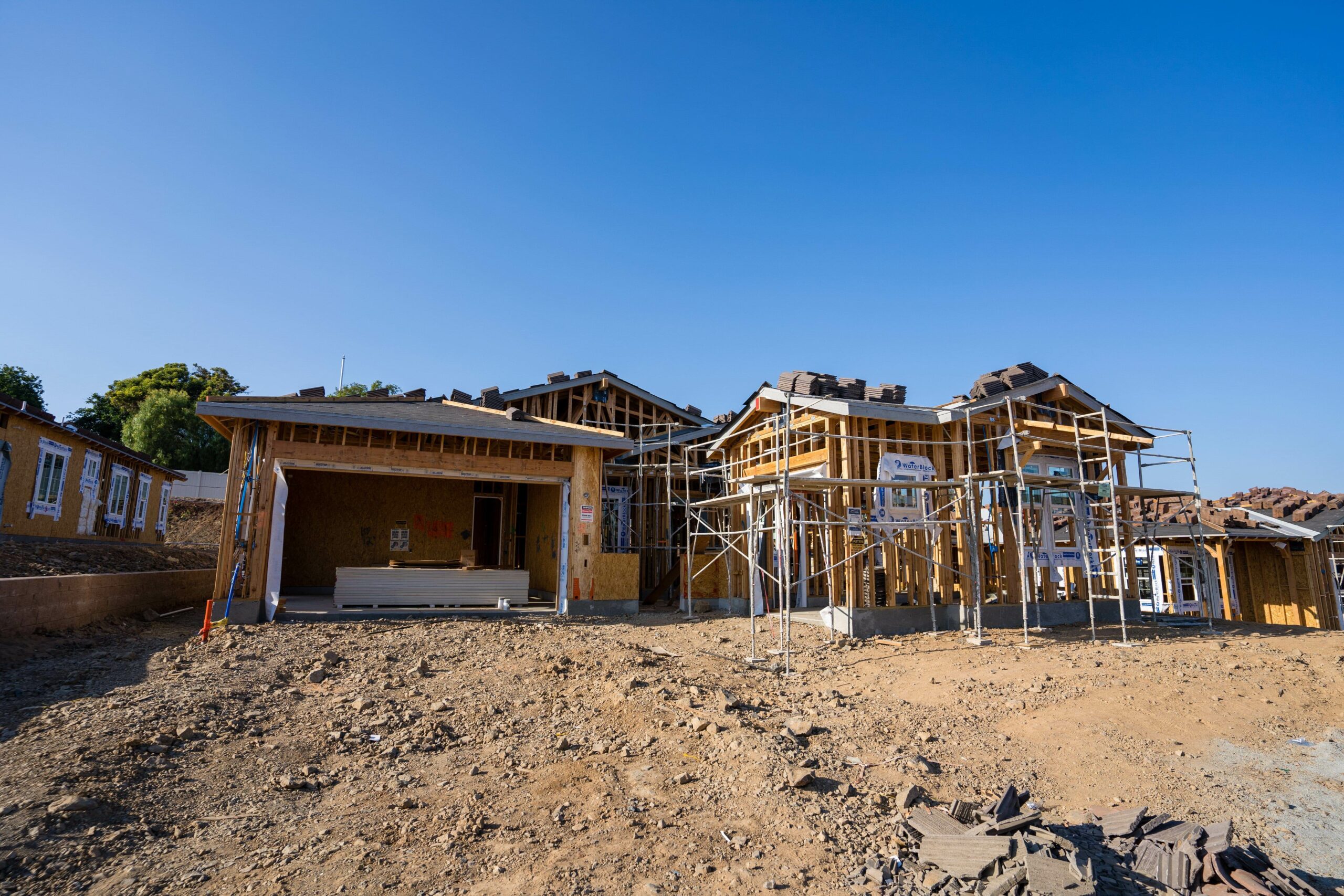What to Look Out For When Building a New Construction Home
What should you look for when building a new construction home? There are many factors to consider when navigating the process. Factors from budgeting and timelines to design choices and permits. One of the most important elements of any new construction project is sound structure. Here’s what you need to know about sound structure when building a new home.
Common Sound Structure Issues in Home Construction
When building a new home, there are several issues that can affect the sound structure of your residence. Foundations can settle over time, causing cracks in walls or floors. Poor workmanship can cause warping or cracking in wooden structures. Faulty plumbing or poor drainage can lead to mold and water damage down the line. Additionally, improper ventilation can create musty odors and encourage unhealthy air circulation throughout the house.
How To Ensure Sound Structure During Construction
The best way to ensure sound structure during construction is to hire experienced professionals who have a proven track record for quality workmanship. Make sure all contractors you’re considering are fully licensed and insured; this will protect you from any legal or financial liabilities down the road if something goes wrong with their work. Ask for references from previous clients and check online reviews as well; this will give you an idea of how reliable each contractor is before you hire them for your project. Also, inspect every aspect of their work during construction. Air out rooms with fans after painting or staining them. Check for proper insulation in attics and basements, and look for poorly sealed windows and doors; etc. Taking these steps will help ensure that every item related to sound structure has been completed correctly. This is a must before signing off on your new construction project.
Conclusion
Building a new home is an exciting venture, but it comes with its own unique set of challenges as well. Especially when it comes to ensuring sound structure throughout the entire process. Be sure to do your research beforehand by hiring qualified professionals who have a proven track record of quality workmanship, as well as inspecting every aspect of their work during construction itself. This will help ensure that everything necessary for sound structure has been completed properly before signing off on anything related to your new home build! For new construction inspection questions, visit our website today at Sound Structure!


